“There is a tradition in the Scandinavian countries: we learn to understand the languages of other Scandinavians, with a little difference from one country to another, and everyone knows that it is very easy and that it costs very little effort. »
Jorgen Schmitt Jensen, « l’expérience danoise et les langues romanes »
Example of numbers with Roman languages :
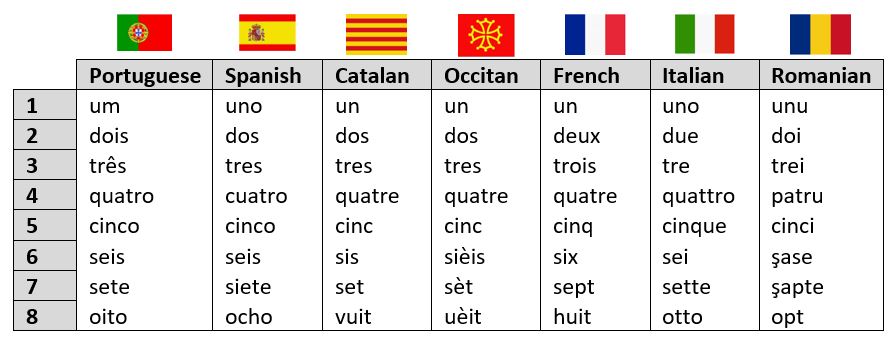
Easy, isn’t it?
1 What is cross-comprehension?
- Cross-comprehension between two people occurs when each one expresses himself in his own language and still understand each other.
- Cross-comprehension aims at obtaining modest language skills, voluntarily limited to comprehension, and therefore easier and faster to acquire.
- Starts from the language of the learner. For a French-speaking person, for example, it gives access to other Roman languages and why not, then, to more distant languages?
- Cross-comprehension begins with reading comprehension. You have all the time in the world, you’re not bothered by the accent of the language.
- Cross-comprehension makes it easy to switch between languages. You savour their similarities and point out the differences. As a result, you also rediscover your own language!
- Cross-comprehension is an ethical attitude. It invites us to listen, it establishes equality between languages and speakers.
2 Cross-comprehension, how does it work?
Our languages work thanks to :
- a lexicon (of words)
- a syntax (word order, sentence organization, verb tenses, …)
Let us take as an example Article 1 of the Universal Declaration of Human Rights:
“All human beings are born free and equal in rights. »
In related languages, the syntax and lexicon are similar. To understand information, we mentally superimpose the other language on our own. This allows us to understand the essence of the message.
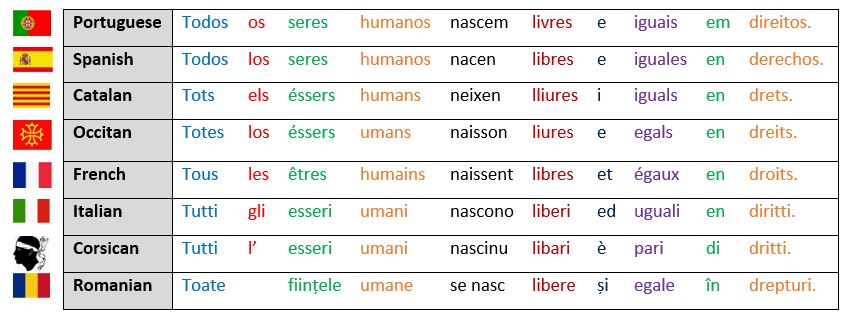
Transparent lexicon + identical syntax = easy to understand!
3 What are the advantages of cross-comprehension?
- First of all, be comfortable with your ideas, since everyone reasons in their own language. This can be very useful in negotiations.
- Second, give each language the same value, and make the exchange fair.
- Finally, with cross-comprehension, you don’t try to speak one language, you try to understand many.
Of course, a certain number of conditions must be met to enable communication through cross-comprehension.
4 Cross-comprehension, to make it work…
You require:
- An initiation of the interlocutors to this technique so that they know how to use it effectively.
- Apply the technique to languages of the same family to facilitate the exchange. It is preferable for these languages to be rather close.
Here is a map of the languages of Europe divided into 3 main families:
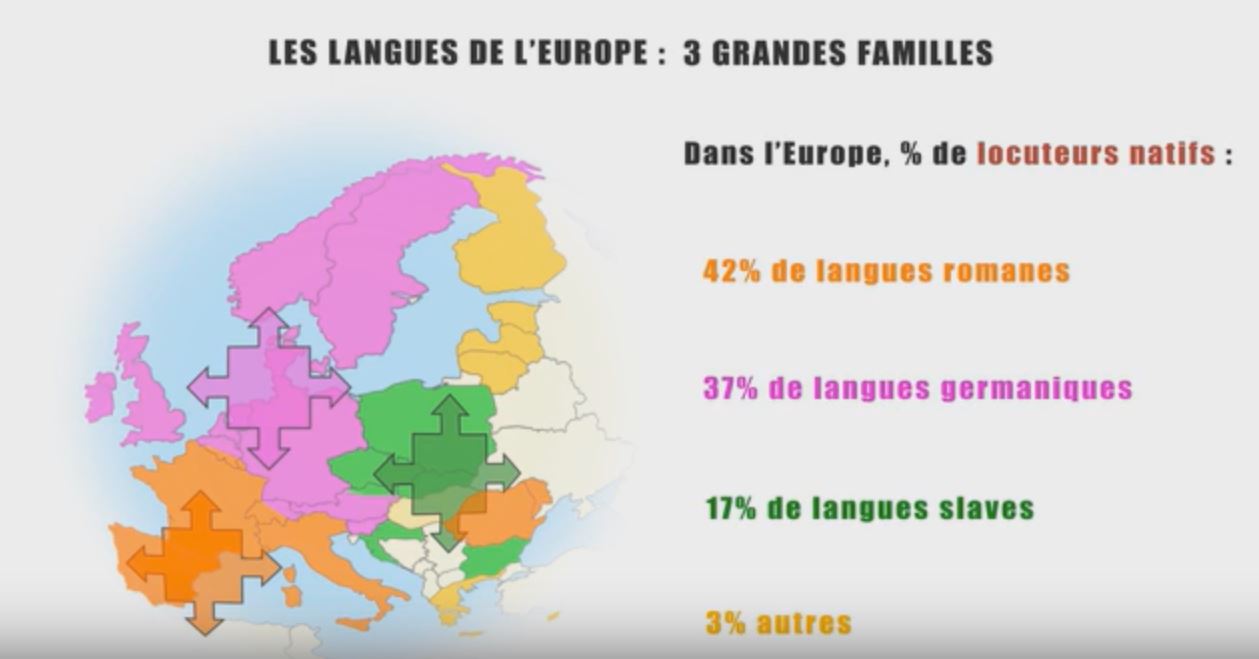
“A Europe of polyglot people is not a Europe of people who are fluent in many languages, but of people who can meet each other by speaking their own language and understanding the language of the other, and who, by understanding it, even with difficulty, would understand the “genius”, the cultural universe that each one expresses by speaking the language of his ancestors and his tradition.»
Umberto Eco,
La recherche de la langue parfaite dans la culture européenne
Editions du Seuil (1994)
5 Practice!

Here is a tale, easily understandable in 7 different languages for those who master a Roman language; do you notice all the similarities?







“Le mystère du mormoloc”, Euro-Mania
The complete Euro-Mania manual, which provides lots of resources based on cross-comprehension, for schoolchildren, is available on the CANOPé website.
In order to deepen the knowledge on the intercomprehension between the Roman languages, there are other concrete examples on the Apic website, such as:

6 Some examples of video cross-comprehension
Example of cross-comprehension in French, Portuguese, Spanish and Italian :
Roman languages, the « real friends » (the transparent words), in the form of a little game between 4 speakers of different Latin languages:
Roman languages, « false friends » :
Portuguese-Italian cross-comprehension
Cross-comprehension Spanish – Italian
Portuguese-French cross-comprehension
Spanish-Portuguese cross-comprehension
Catalan-French cross-comprehension
Conclusion
One can say that the approach of cross-comprehension is:
- Natural: it has been practiced for ages!
- Amusing: foreign languages are no longer frightening. We guess, deduce, play with languages.
- Fast: it takes between 40 and 60 hours to fully understand texts written in similar languages.
- Efficient: cross-comprehension teaches you how to learn languages!
- Motivating: it gives you an appetite for learning other languages.
- Enriching: it makes you discover other languages but also rediscover your own.
- Stimulating: better than a crossword puzzle! Cross-comprehension sets intellectual faculties in motion and makes them resourceful!
What’s up? There’s not a minute to lose! Let’s get going!
Written by Ingrid, Coliglote
Language learning with real native speakers !
Find out more:
2010 : P. Escudé & P. Janin, Le point sur l’intercompréhension, clé du plurilinguisme, CLE international, http://www.bulletin.auf.org/index.php?id=522.
2013 : S. Caddeo & M.-C. Jamet, L’intercompréhension : une autre approche pour l’enseignement des langues, Hachette, http://www.bulletin.auf.org/index.php?id=1615.
2019 : P. Escudé & F. Calvo del Olmo, Intercompreensão: a chave para as línguas, Parabola, Sao Paolo, https://www.parabolaeditorial.com.br/intercompreensao.
To get Euromania : https://www.reseau-canope.fr/notice/japprends-par-les-langues.html
Source: https://www.youtube.com/watch?v=LMpfF2NniUM&feature=youtu.be
“Le mystère du mormoloc”, Euro-Mania, sous la direction de Pierre Escudé. professeur des universités
didactique des langues / bi-plurilinguisme
Ecole Supérieure du Professorat et de l’Education
INSPE d’Aquitaine / Université de Bordeaux
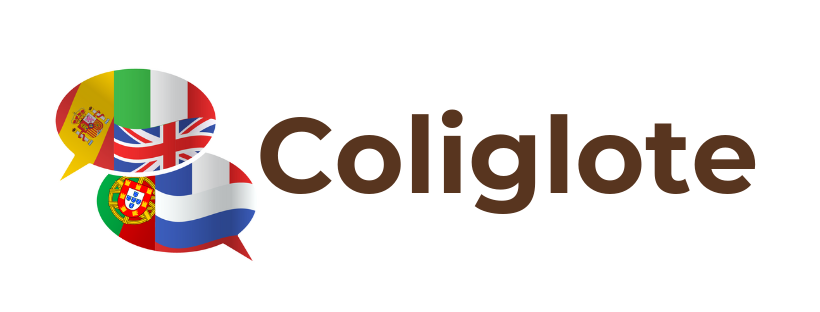
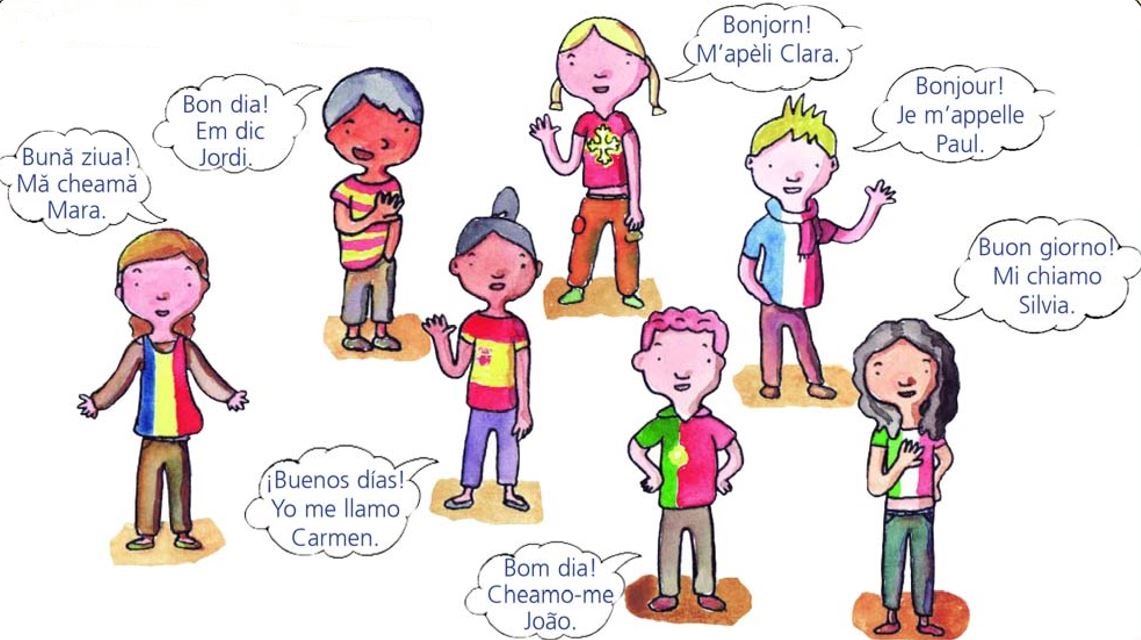
sylviane
27 February 2020 at 12 h 32 minSuper Coli, tres intéressant merci pour cet article bisous
Sylviane
Coliglote
28 February 2020 at 10 h 30 minAvec grand plaisir chère Sylviane ! Bisous
Ingrid
Housna
28 February 2020 at 7 h 47 minMerci beaucoup, c’est magnifique et très intéressant.
Est ce qu’on peut avoir les alphabets en Portugais ? S’il vous plaît.
Merci!
Coliglote
28 February 2020 at 10 h 29 minMerci ! En effet, je vais essayer de faire bientôt une sélection des meilleures ressources pour le portugais, très bonne idée !
Dani
16 November 2022 at 10 h 20 minBonjour,
Je vais écrire un petit texte sur l’intercomprénsion sur le blog Erasmus+ de l’EOI d’Orihuela et je voudrais mettre un lien vers votre blog qui me semble très intéressant.
Coliglote
9 December 2022 at 10 h 51 minBonjour, avec grand plaisir !
Et je serais également intéressée par votre article. Pourriez-vous me faire parvenir un lien à contact@coliglote.com ?
Très bonne journée à vous
Visita al Centro de Idiomas de la Universidad Lumière Lyon 2 – Proyecto KA104 Bagaje en tu Equipaje
16 November 2022 at 17 h 45 min[…] (para mí) durante mi estancia en este Centro de Idiomas fue la observación de las clases de Intercomprensión de lenguas romances. Gracias a la profesora Laura Nieddu, pude asistir a clases de nivel 1 y 2 de esta asignatura así […]